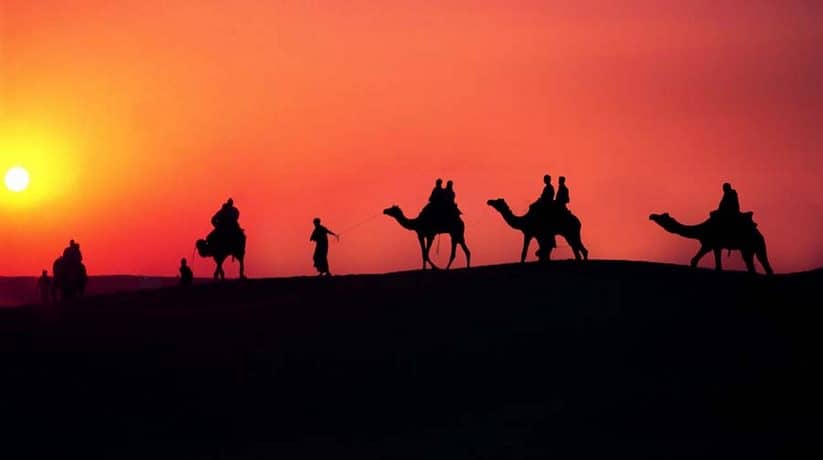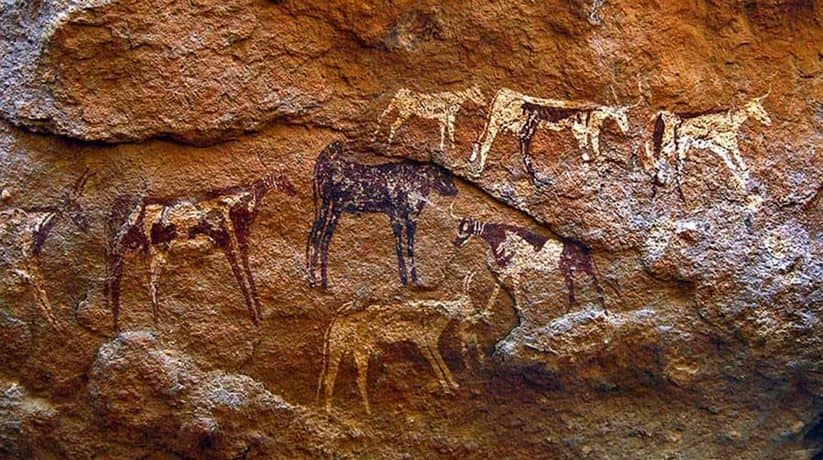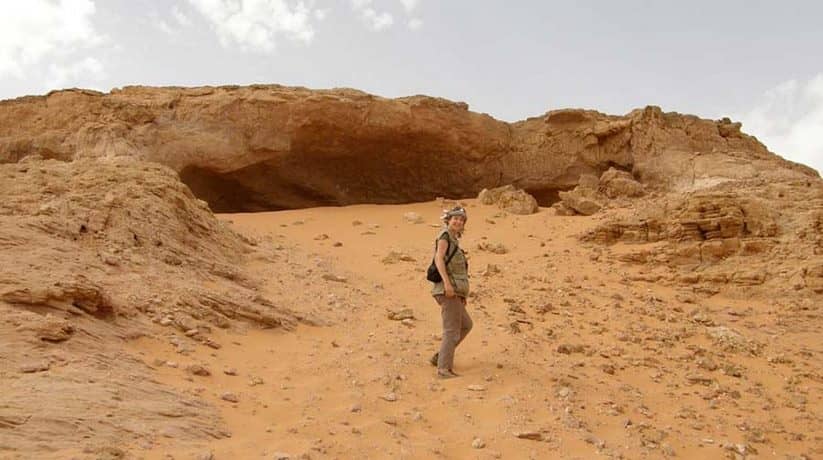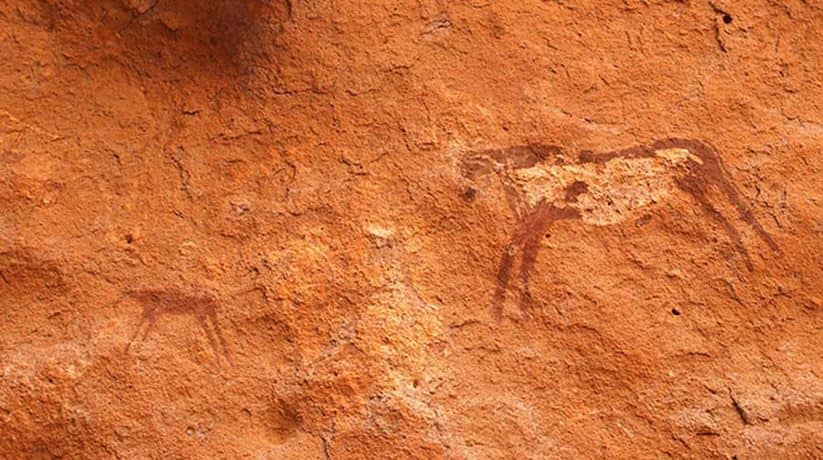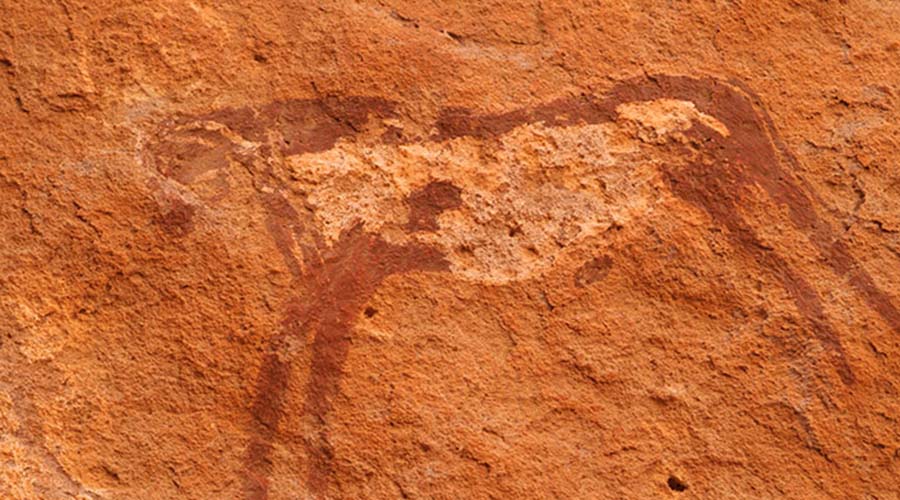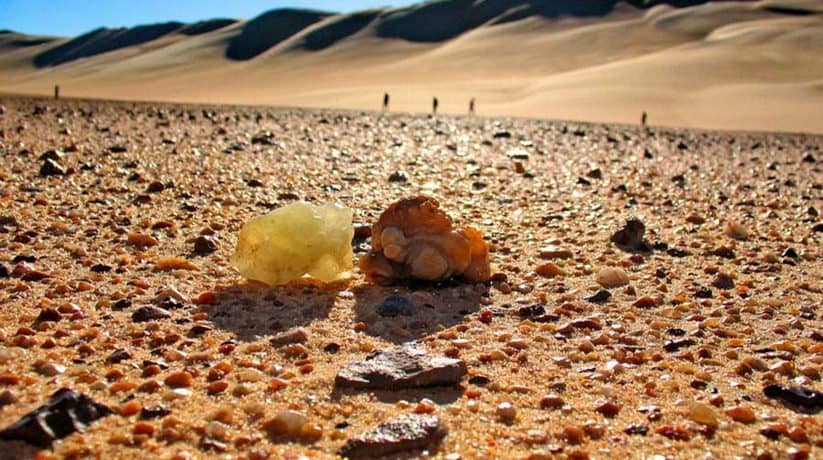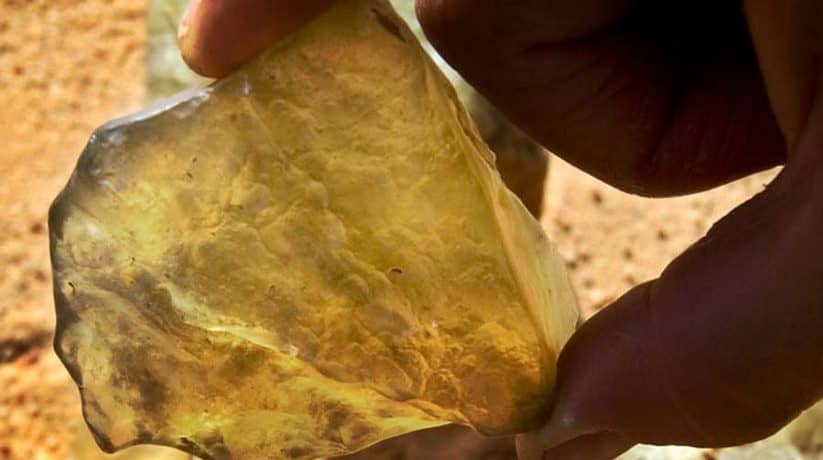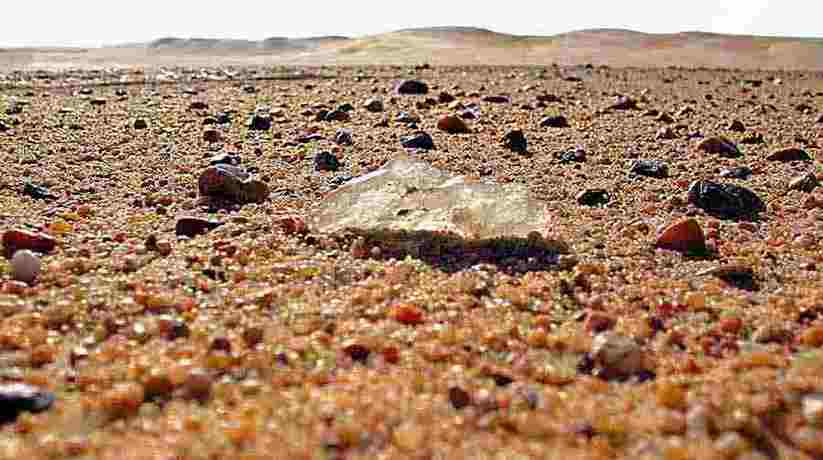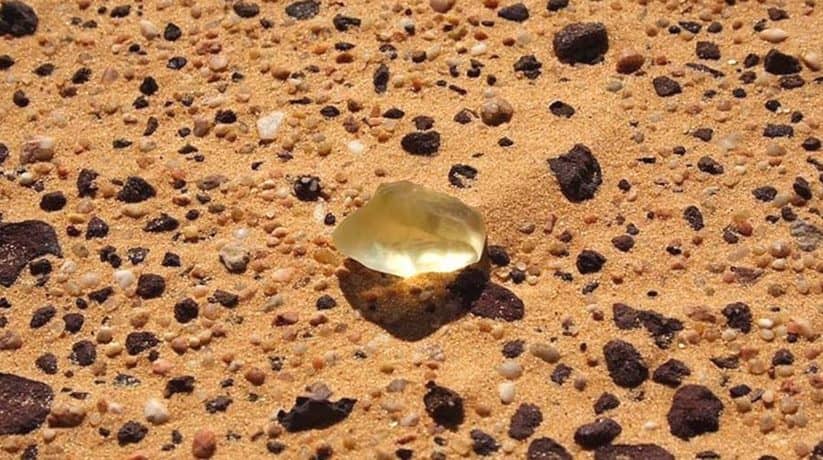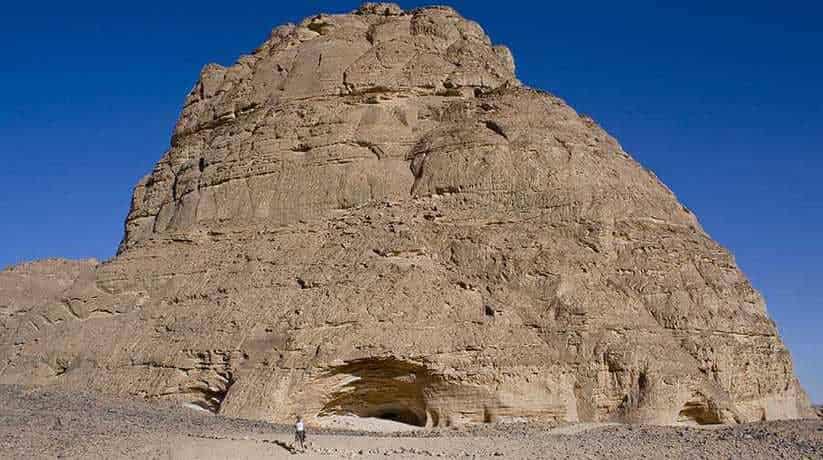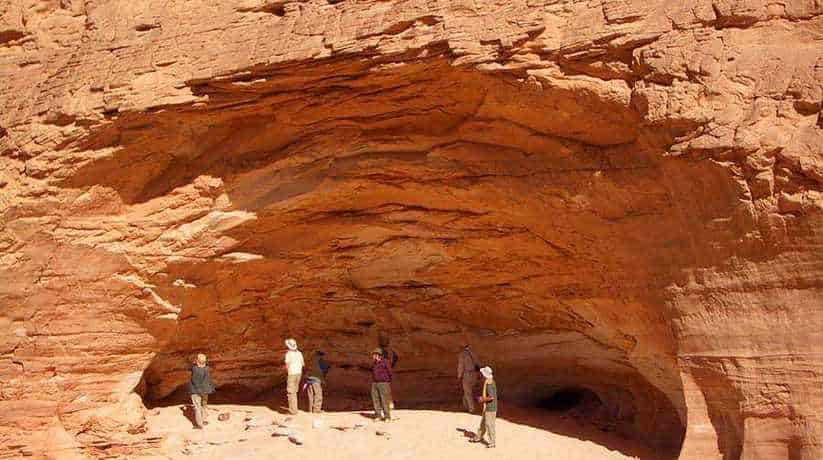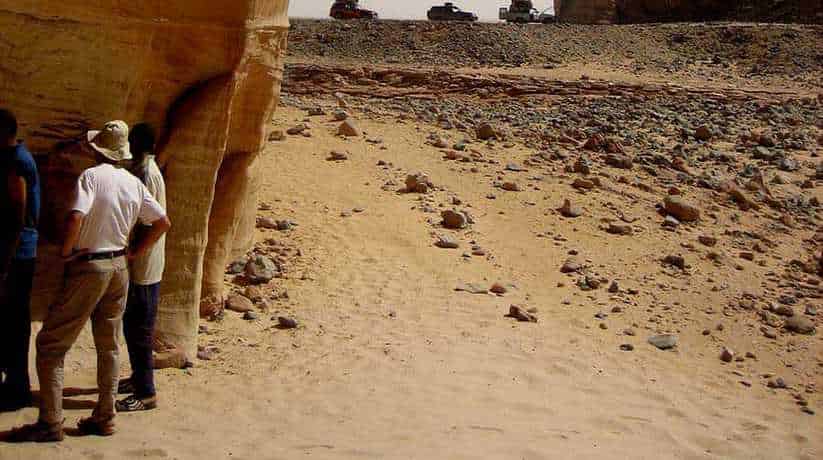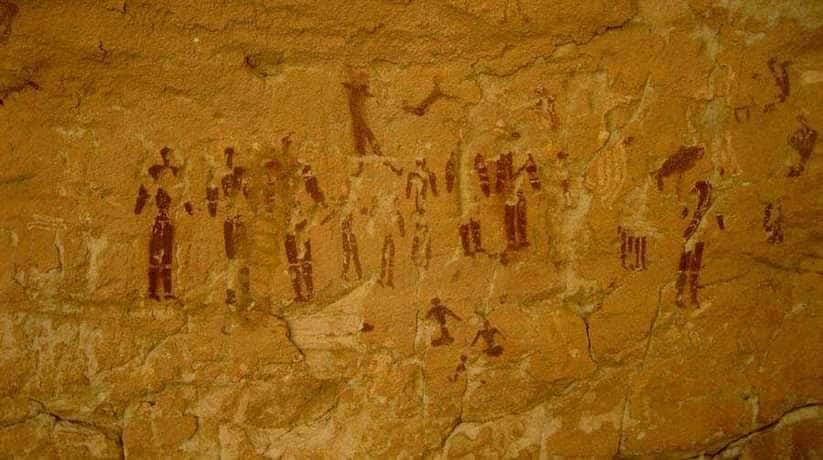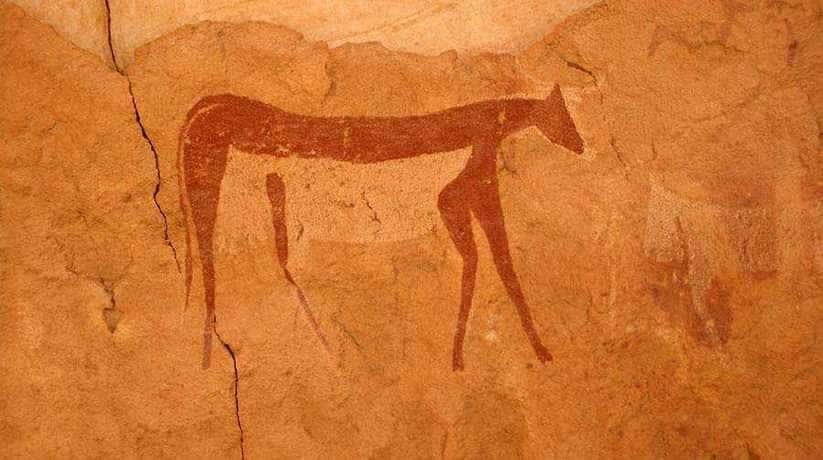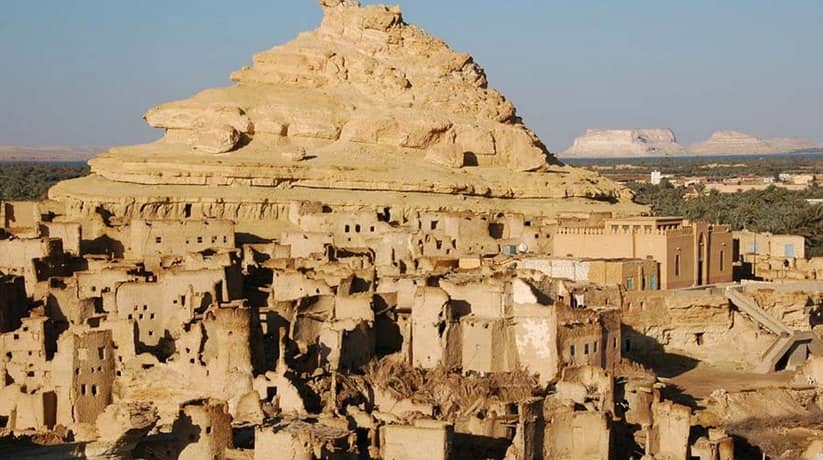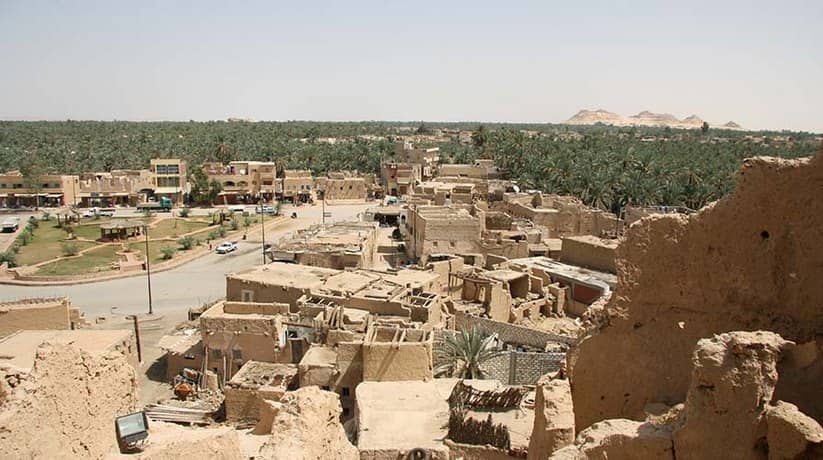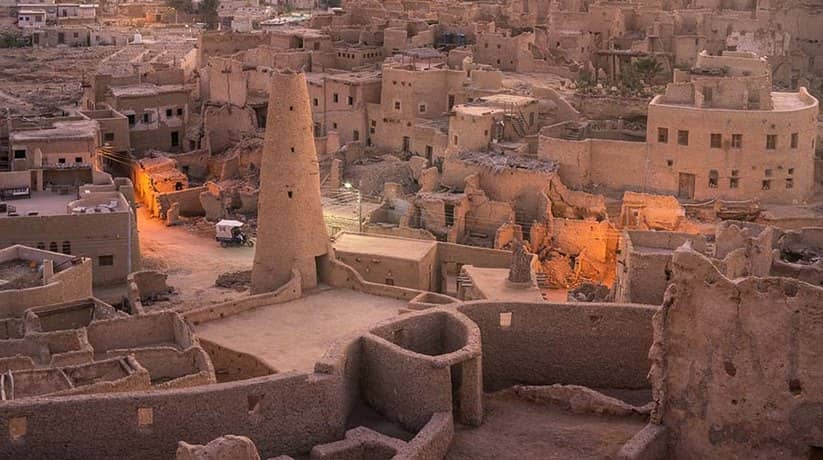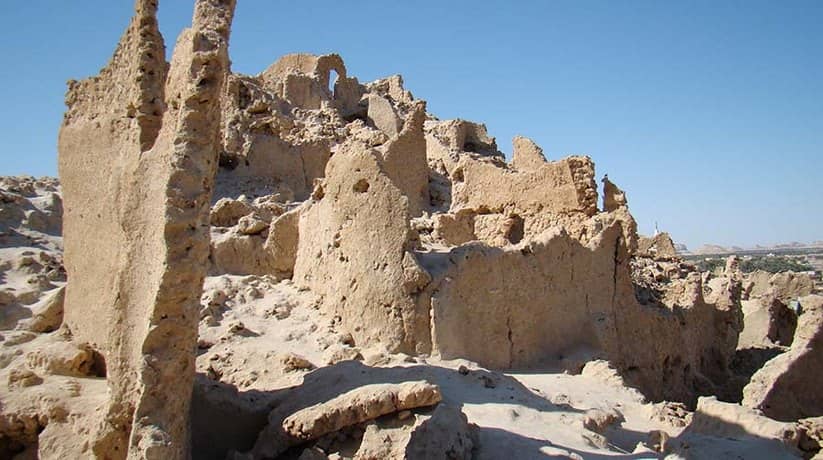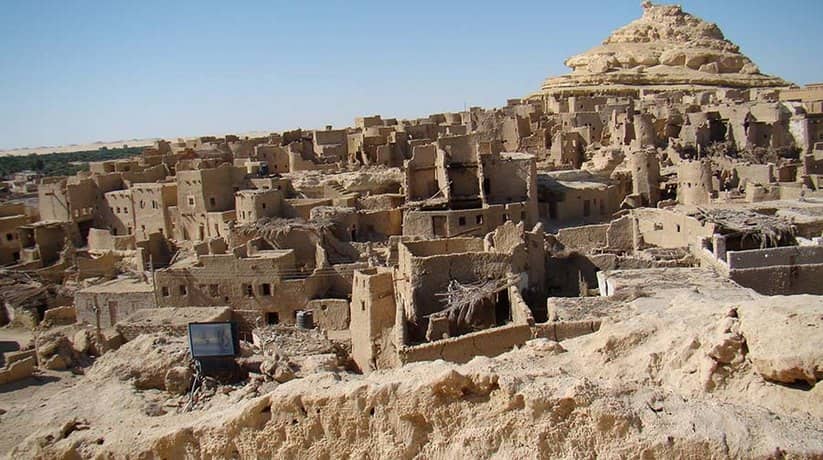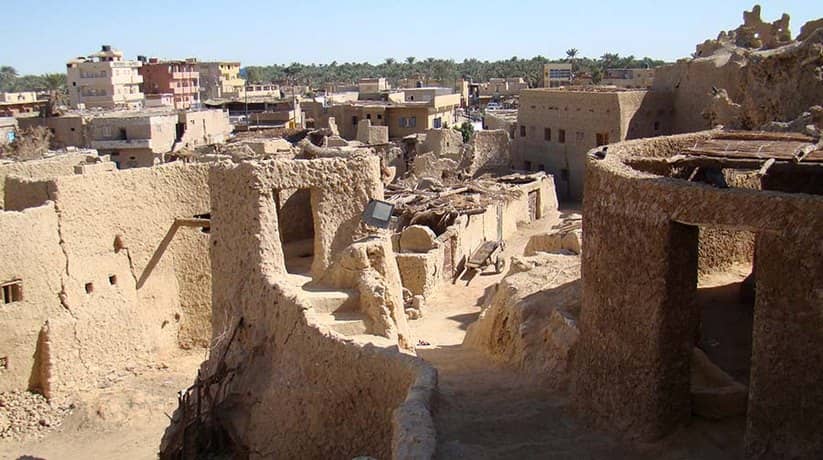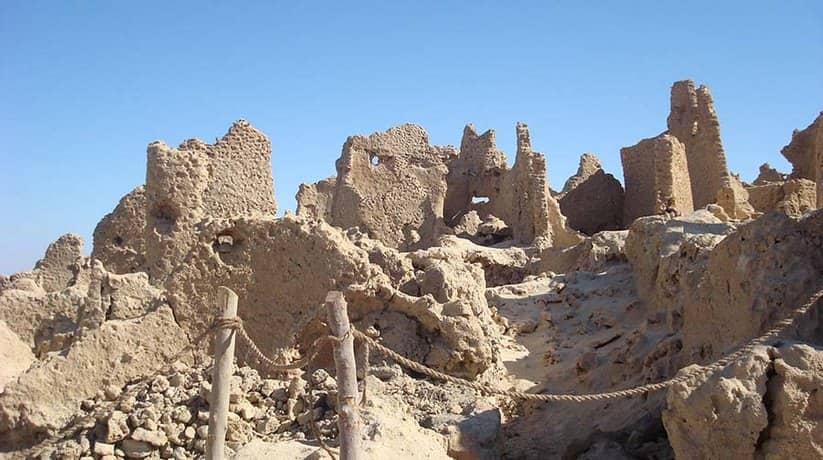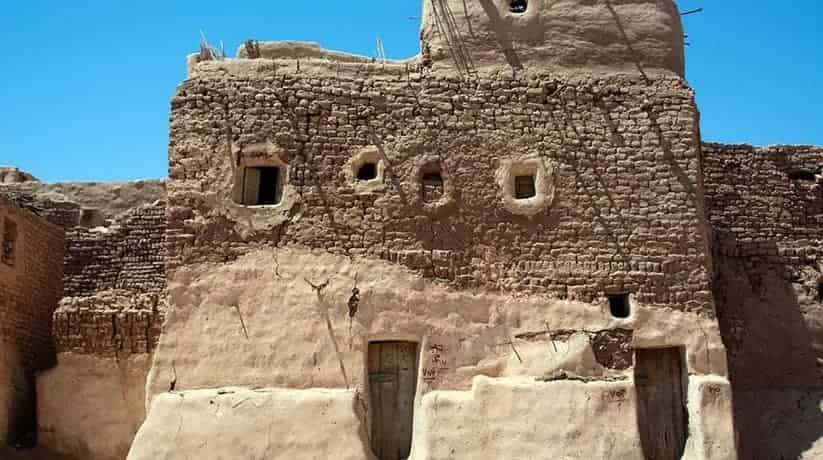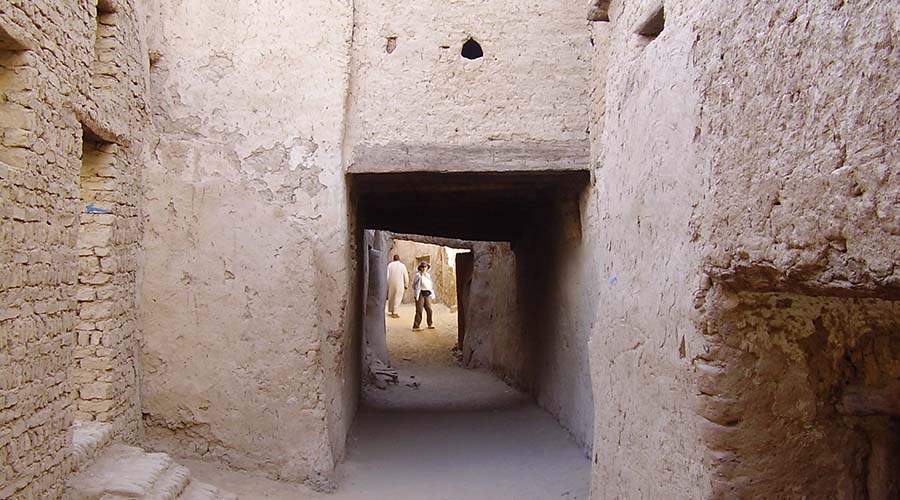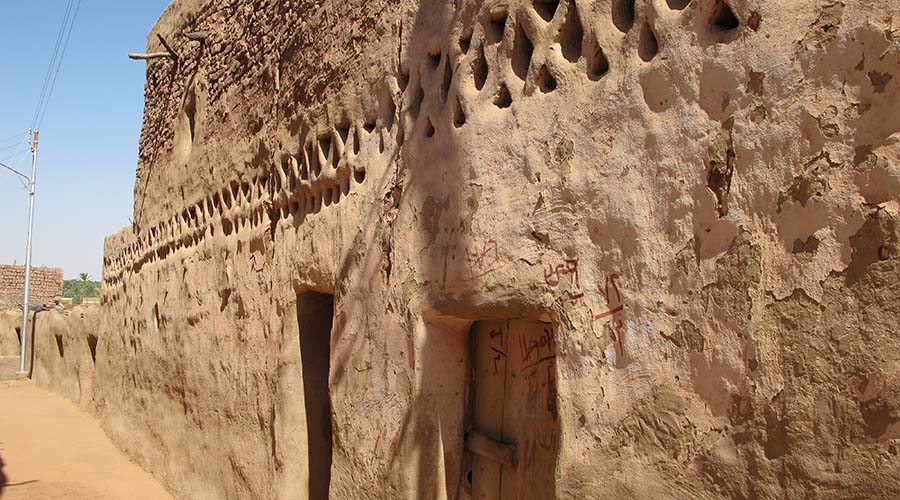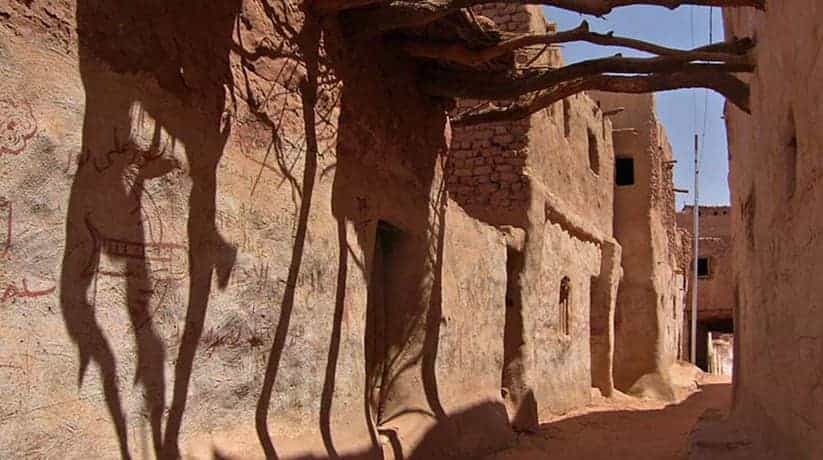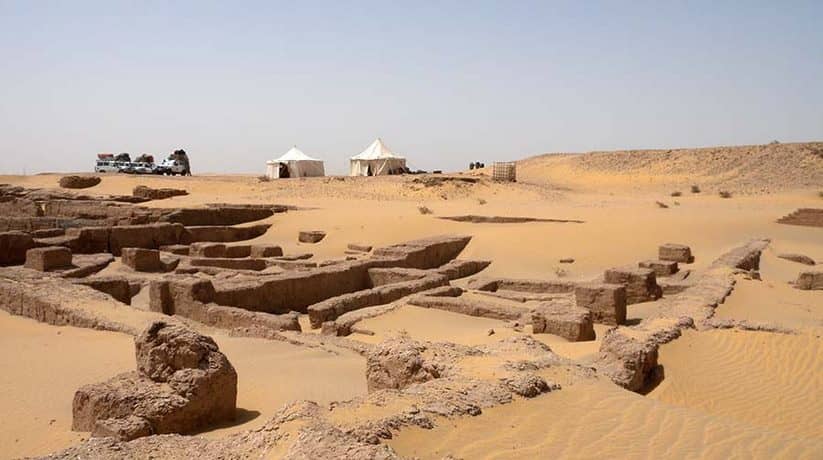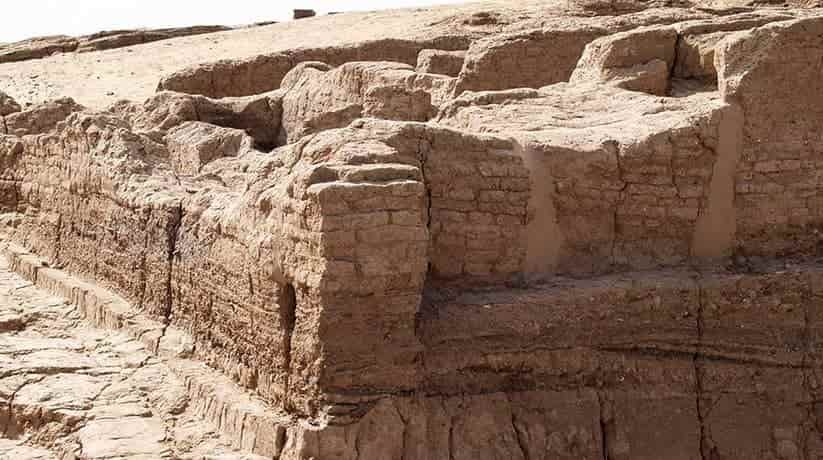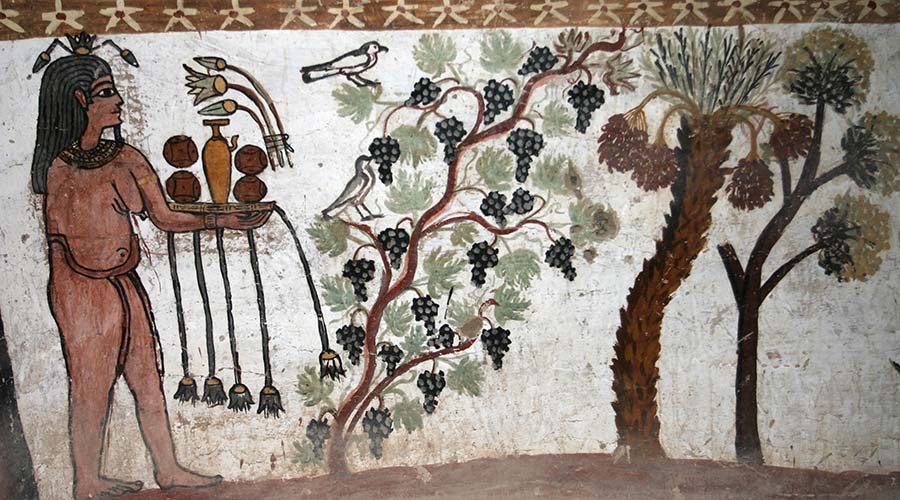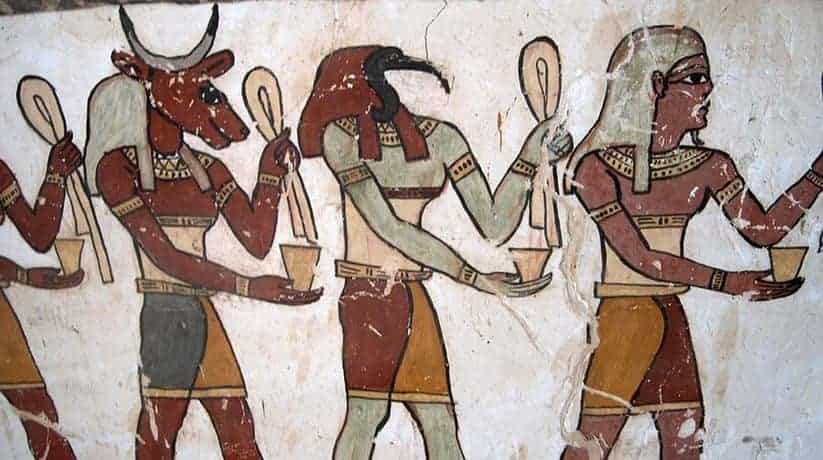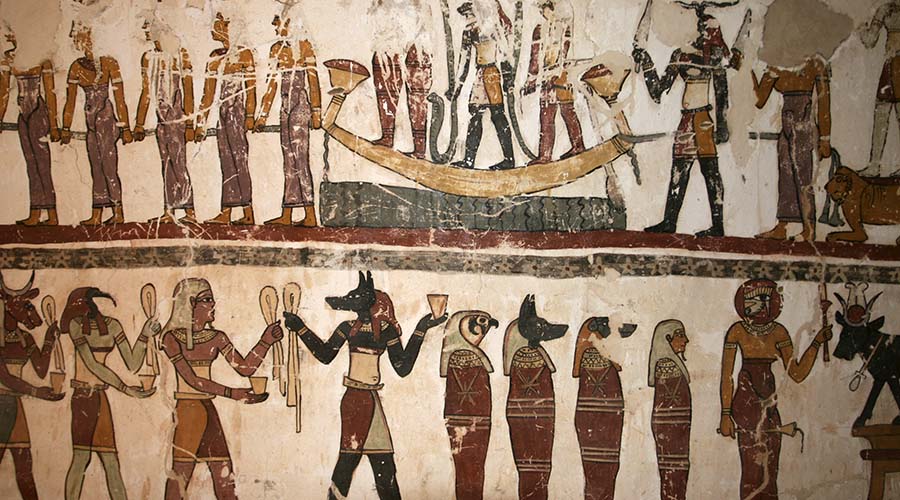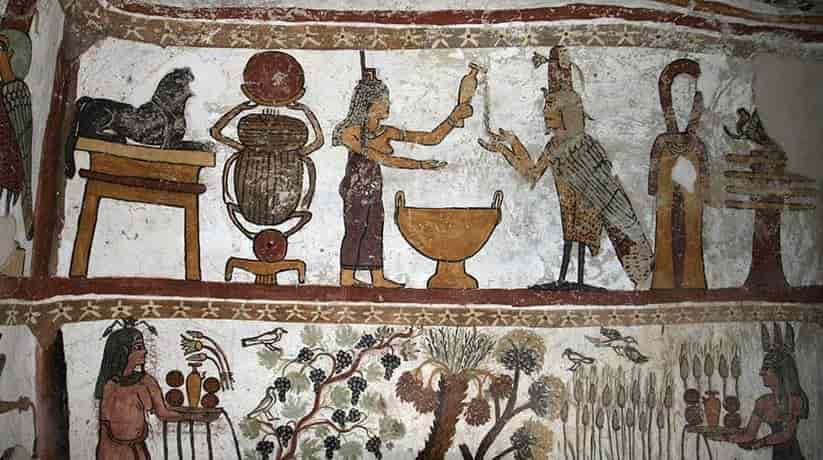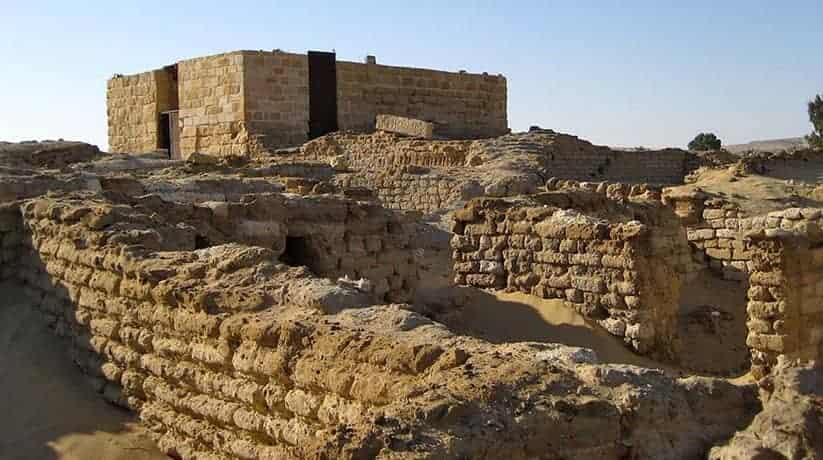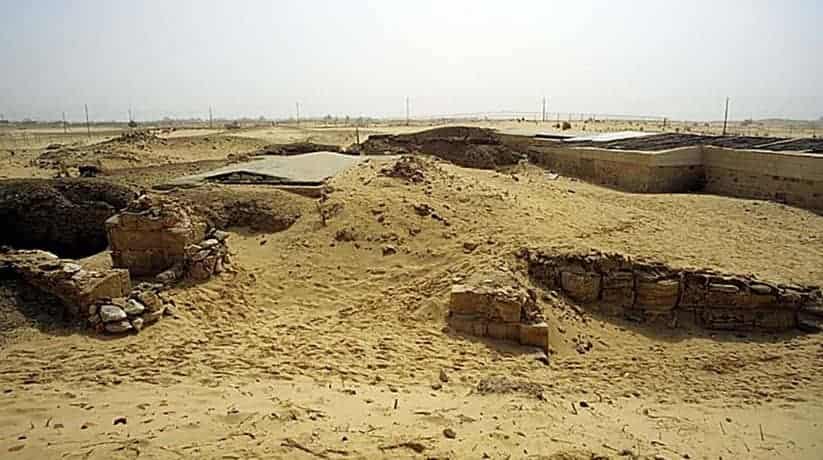Alexander The Great temple Bahariya, Egypt tours, booking, prices
Alexander The Great temple located in Bahariya Oasis in Western Desert, Egypt. In fact, the temple is the only one in Egypt which has Macedonian ruler’s. Alexander The Great temple built during Alexander’s lifetime and dedicated to Amun and Horus. In fact, Alexander arrived with his army in Memphis. It is where he made an offering to the Apis bull. Moreover, he crowned king of Egypt. He took as his Egyptian throne the name of “Setp n Ra Mery Amun”. Alexander’s visit to Siwa Oasis in the Western Desert was to consult with the Oracle of Amun. It is where his kingship made divine as the son of Amun.
In fact, Alexander The Great temple is one of the largest in the Bahariya Oasis. Moreover, the temple features at least 45 chambers which built from mud-brick. Furthermore, the chambers encased in sandstone. The valley of the Golden Mummies situated only three hundred yards from the temple. The entrance to the temple was on the south end of the structure. In fact, it accessed through a gate. A red granite altar discovered just outside the temple. In fact, the red granite not found in any of the western oasis. So, it maybe carried a great distance to the temple through the vast desert by donkeys.
Further details about Alexander The Great temple:
Just to the right of the temple entrance is a scene. In fact, the scene depicts only the lower half of two individuals facing each other. It is probable that one of these individuals is Alexander the Great. He dressed as a traditional Egyptian pharaoh. Moreover, he makes offerings to a principle Egyptian deity. On the lower register on the north wall of the second room, Alexander revealed. Alexander The Great temple also comprises a relief. In fact, the relief retains some of its original colors. Moreover, it depicts Alexander while offering two vessels. The vessels maybe contain Bahariya wine as an offering to Horus and Isis. Horus and Isis hold a scepter on one hand an the ankh symbol in the other.
In the background a priest wearing a long robe stands. He holds incense and an unknown tool. Furthermore, there are also an offering table bearing bread, meat and cucumbers. Moreover, there are also pomegranates and other fruits. Along with vessels for ointments also displayed. Alexander The Great temple also features another carved relief. In fact, it depicts Alexander while he makes an offering of incense to the god, Amun. God Amun who followed by various goddesses, one of which is Mut, Amun’s consort. In this scene, the governor and high priest of the Oasis stand behind the pharaoh. In fact, they stand with offerings of incense. Just visible in the depiction is an offering table. In fact, it laden with bread, meat, vegetables, wine and flowers.
More details about Alexander The Great temple:
Alexander The Great temple complex surrounded by auxiliary storage rooms and houses. In fact, the storage rooms and houses used by guards and priests. On the east side of the temple, a building which used for administrative purposes. Only two of the buildings chambers roofed with large limestone blocks. In fact, they inscribed with Greek graffiti which now lost. One of the most interesting artifacts which found in the temple complex is a bronze statue. In fact, the statue is a royal lady. It believed that this lady was the wife of Alexander the Great. A small statue of a priest of Re also discovered in one of the temple’s corridors. Moreover, smaller artifacts discovered in and about the temple. In fact, they include Greek, Roman and Coptic pottery shards.
Moreover, they also included painted vases, fragments of bronze statues and Greek amulets. Furthermore, they also included coins from the 5th and 6th centuries AC. Some of the pottery which discovered feature rectangular marks and human figures. They appear to be of Semitic origin from Asia. The other shards and lamps are from the Coptic Period and later. The Christians inhabited the Alexander the Great temple until the 12th century AC. Moreover, some chambers may occupied as dwellings into the Middle Ages. In fact, the mentioned discoveries led Egyptology men to believe that.
Nearby attractions Information, tours and Online Booking
More of Egypt’s attractions

